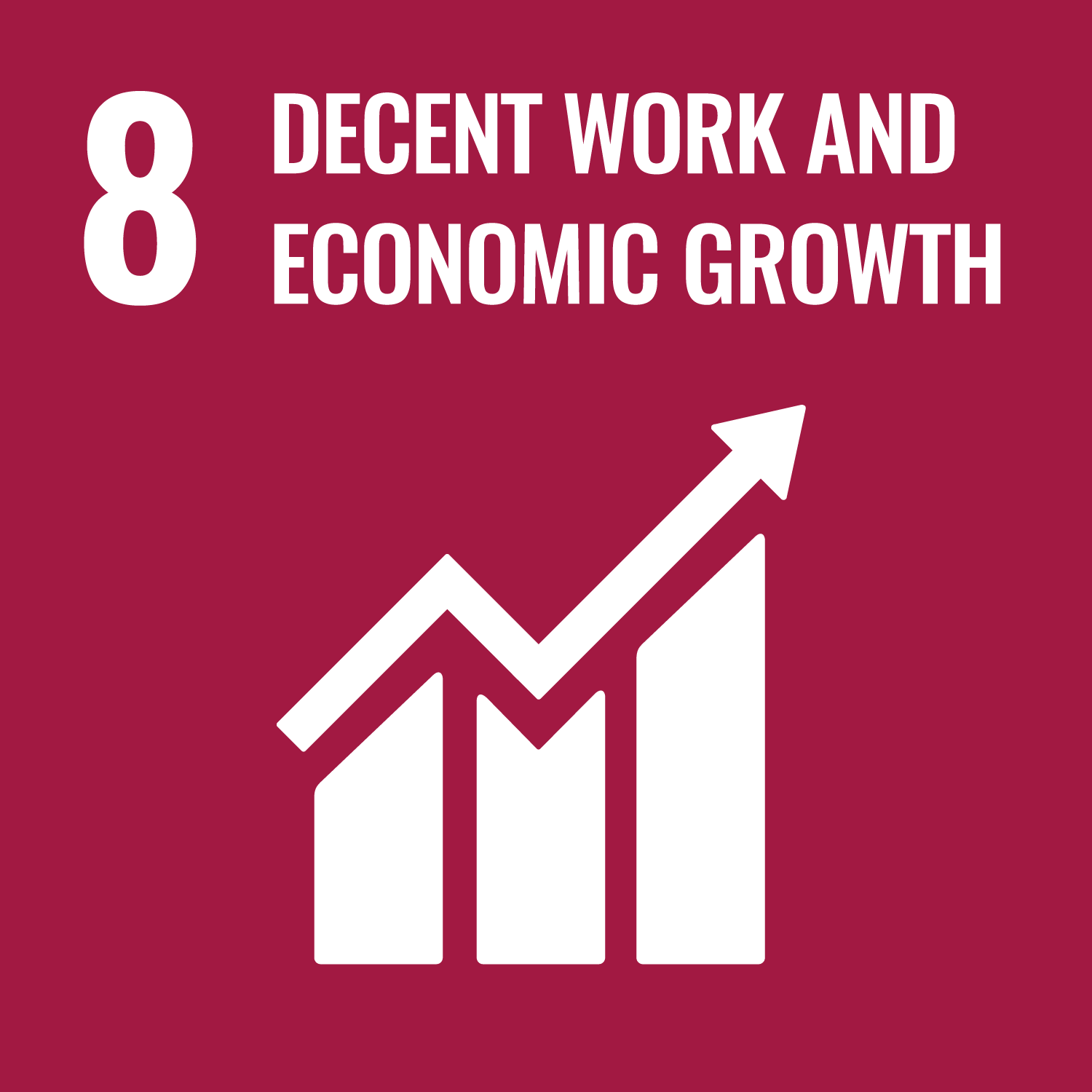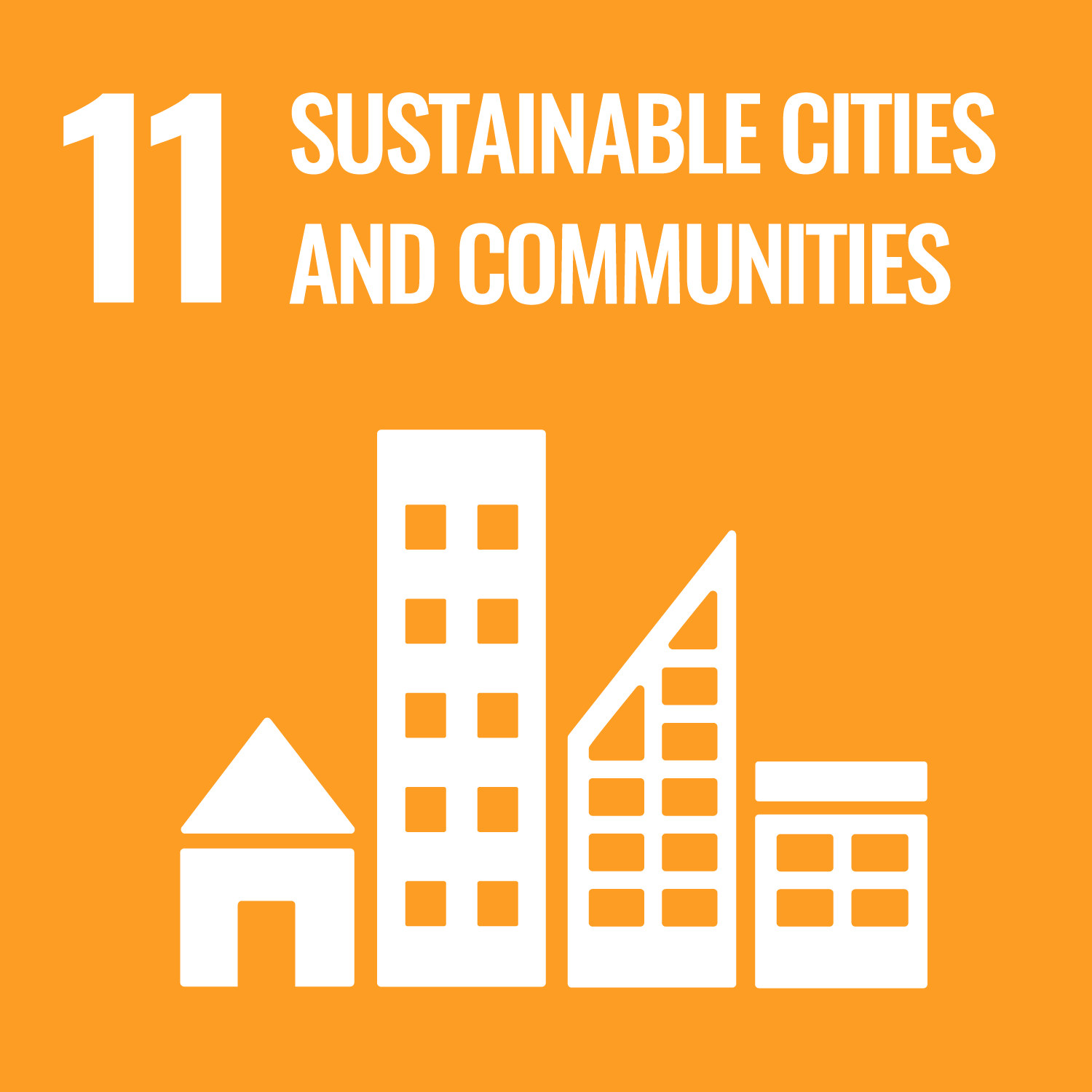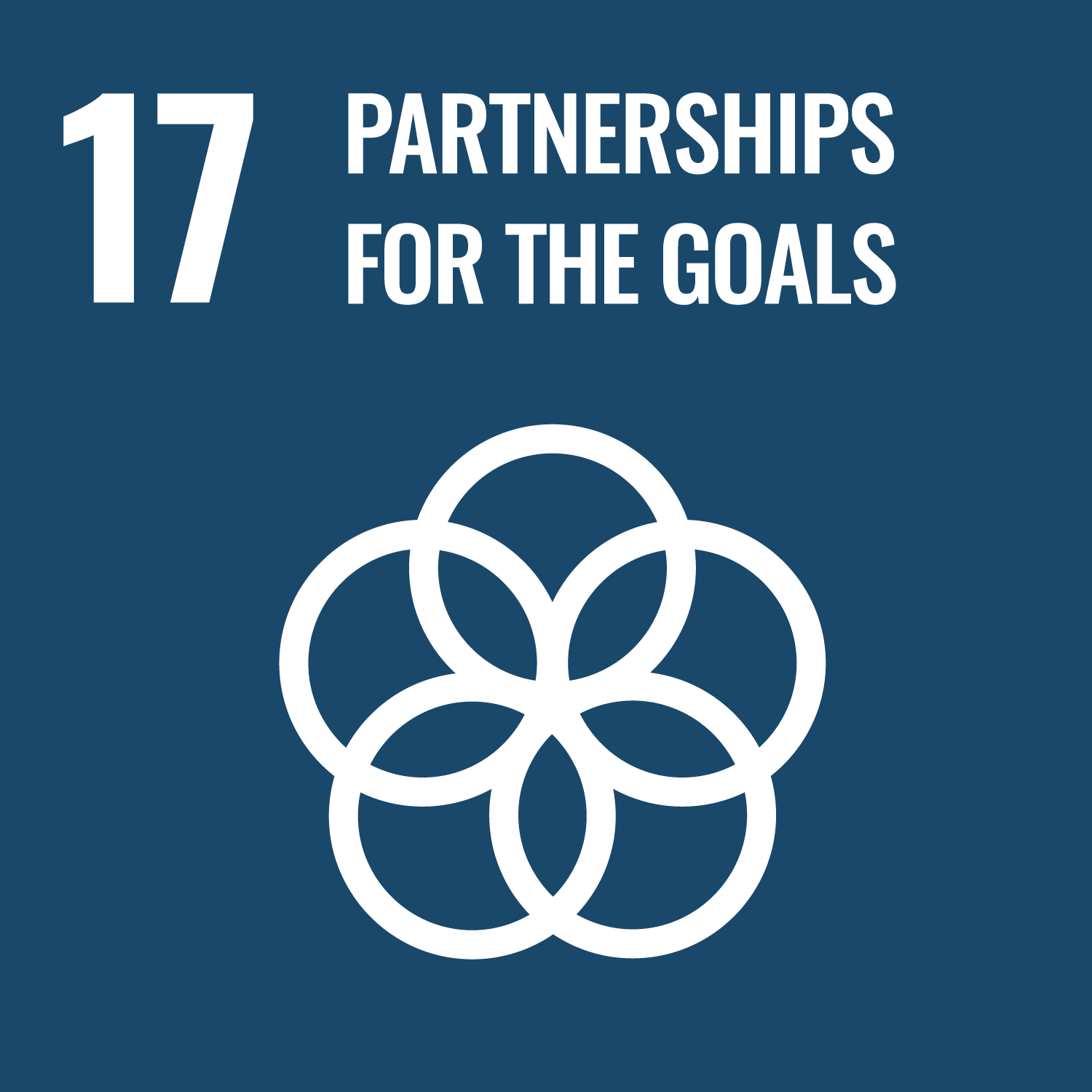In this course, we will learn and experiment business ethnography in order to help find and solve problems in society and
companies. Business ethnography apply ethnography, however it can be easily implemented in a relatively short time rather
than ethnography.
The ultimate goal is to use specialized knowledge and advanced technology to solve human problems. On the other hand, users, designers, sales, etc. have various positions and tastes, and they may have different perceptions of problems or may not be able to accurately state their requirements. Therefore, it is necessary to grasp the whole structure from limited or biased information such as the tip of the iceberg, and to derive the priority of the problem and the optimum solution. Business ethnography has been used to predicting user satisfaction and dissatisfaction after construction, customizing domestic top-selling products for overseas markets with different cultures, usability of information systems, and organizational improvement.
Many research and analysis methods are based on hypothesis-testing. However, business ethnography is one of the rare methods for discovering problems for which hypotheses have not yet been matured or for which it is difficult to formulate hypotheses. Through practical training for each lecture, we repeat observation, interview, and description training, and go to sites such as stores and factories near the university. By combining both the subjective bias that varies from person to person and the objectivity that removes the bias, we aim to visualize the problems that seem to be seen but are overlooked actually, and to strengthen the insight of the root cause.
The ultimate goal is to use specialized knowledge and advanced technology to solve human problems. On the other hand, users, designers, sales, etc. have various positions and tastes, and they may have different perceptions of problems or may not be able to accurately state their requirements. Therefore, it is necessary to grasp the whole structure from limited or biased information such as the tip of the iceberg, and to derive the priority of the problem and the optimum solution. Business ethnography has been used to predicting user satisfaction and dissatisfaction after construction, customizing domestic top-selling products for overseas markets with different cultures, usability of information systems, and organizational improvement.
Many research and analysis methods are based on hypothesis-testing. However, business ethnography is one of the rare methods for discovering problems for which hypotheses have not yet been matured or for which it is difficult to formulate hypotheses. Through practical training for each lecture, we repeat observation, interview, and description training, and go to sites such as stores and factories near the university. By combining both the subjective bias that varies from person to person and the objectivity that removes the bias, we aim to visualize the problems that seem to be seen but are overlooked actually, and to strengthen the insight of the root cause.
- Understand the strengths and weaknesses of business esgraphy
- Learn how to collect intangible factual data such as people's diverse needs, problems, habits and preferences
- Strengthen the ability to gain insight into people's behavior and perception patterns and structures from factual data
- Practice business ethnography and become a leader who can find and solve problems
- Learn how to collect intangible factual data such as people's diverse needs, problems, habits and preferences
- Strengthen the ability to gain insight into people's behavior and perception patterns and structures from factual data
- Practice business ethnography and become a leader who can find and solve problems
- Discover potential problems in industry and business by properly using ethnography and business ethnography,
- Understand the difference between interviews and hearing in ethnomethodology, and practice collecting essential information necessary for problem solving.
- Co-create new value that is the core of the service development of the manufacturing industry and the development of new products and services through utilizing business ethnography or design thinking,
- Acquire expressiveness and persuasiveness through presentations and discussions.
| Presentation during class | Report | Contribution to class and students | Total. | |
|---|---|---|---|---|
| 1. | 0% | 0% | 0% | 0% |
| 2. | 5% | 10% | 5% | 20% |
| 3. | 5% | 10% | 5% | 20% |
| 4. | 10% | 10% | 10% | 30% |
| 5. | 10% | 10% | 10% | 30% |
| Total. | 30% | 40% | 30% | - |
| Class schedule | HW assignments (Including preparation and review of the class.) | Amount of Time Required | |
|---|---|---|---|
| 1. | Orientation ・ Explanation of the aim, achievement goals, lesson plans, submissions, and evaluation methods of this class |
Find out articles about ethnography. | 180minutes |
| 2. | Overview of ethnography ・ Understanding history, research trends, and relationships between ethnography and your own research themes ・ Research ethics ・ Exercise: Training of rapport construction, interview by open question and vivid description |
Listen for about 5 minutes record and transcribe it. | 180minutes |
| 3. | Overview of business ethnography ・ Understanding the history, research trends, and use cases in research and industry of ethnography ・ Comparison with IE, design thinking, user experience, marketing methods, etc. |
Shortly document the differences between ethnography and business ethnography. | 180minutes |
| 4. | Issues to be addressed in the real world ・ Extraction of issues in daily life and familiar business ・ Understanding how to implement business ethnography ・ Exercise: Training to set attractive themes involving stakeholders |
Conduct on-site observation for about 5 minutes, collect data, and create records. | 180minutes |
| 5. | Guest lectures by business owners or employees ・ Sharing of worries and goals of each related party such as management, customers, users, employees, etc. ・ Implementation of ethnographic interviews with guest lecturers |
List things, things, and places that need to be investigated and understood in order to solve problems. | 180minutes |
| 6. | Ethnomethodology ・ Understanding how to carry out on-site observation and participant observation ・ Arrangement of points to keep in mind for data collection, storage, and analysis |
Create an implementation plan for business ethnography. | 180minutes |
| 7. | Fieldwork ・ Actual experience of fieldwork etiquette and ingenuity ・ Practice: Collect quantitative and qualitative data through participant observation and listening at the site where guest speakers work |
Create an observation record. | 180minutes |
| 8. | Recording of observation data ・ Experience of handling raw observation data and observation records ・ Practice: Training for accurate and vivid description |
Improve the observation record. | 180minutes |
| 9. | Presentation of fieldwork results ・ Free-form discussion ・ Practice: Debriefing (confirmation and discussion based on multi-point of view) |
Record the points of the discussion and study the implovement. | 180minutes |
| 10. | Writing business ethnography ・ Mutual understanding observation records collected in fieldwork ・ Exchange of awareness based on observation records ・ Practice: Writing ethnography that vividly conveys the situation in the field |
Refer to textbooks and reference books to find answers to your ethnographic questions. | 180minutes |
| 11. | Finding weakness with business ethnography ・ Extraction of potential problems based on facts ・ Practice: Multifaceted analysis of structures that cause problems from different perspectives |
Refer to textbooks and reference books to find answers to your ethnographic questions. | 180minutes |
| 12. | Communicating through business ethnography ・ Inform the issues and its background from both objective and subjective perspectives ・ Practice: Participatory design experience for problem solving |
Prepare to submit the final report of business ethnography. | 180minutes |
| 13. | Final presentation and submission of the report ・ Discussion on related parties, technologies, methods, etc. necessary for solving problems ・ Understanding of comments from guest lecturers |
Complete the final report based on the discussion of the final presentation. | 180minutes |
| 14. | ・ Wrap up this course ・ Looking back on the strengths and weaknesses of ethnography and business ethnography ・ Practical consultation on problem finding and solution utilizing business ethnography |
Organize the image to be practiced in research and work after taking the course. | 180minutes |
| Total. | - | - | 2520minutes |
Presentation during class:30%
Report:40%
Contribution to class and students:30%
Report:40%
Contribution to class and students:30%
Textbook:
Distribute texts created by the instructor during class
Reference book:
Many introductions according to the interests and understanding of the students
Distribute texts created by the instructor during class
Reference book:
Many introductions according to the interests and understanding of the students
List up some issues that may be of interest to society or the company in which you work.
- Course that cultivates an ability for utilizing knowledge
- Course that cultivates a basic interpersonal skills
- Course that cultivates a basic problem-solving skills
| Work experience | Work experience and relevance to the course content if applicable |
|---|---|
| Applicable | Construction of information system. Control of production, quality and reliability. Design of supercomputers. |






- 5.GENDER EQUALITY
- 8.DECENT WORK AND ECONOMIC GROWTH
- 9.INDUSTRY, INNOVATION AND INFRASTRUCTURE
- 11.SUSTAINABLE CITIES AND COMMUNITIES
- 12.RESPONSIBLE CONSUMPTION & PRODUCTION
- 17.PARTNERSHIPS FOR THE GOALS
Last modified : Fri Jun 28 16:34:27 JST 2024
